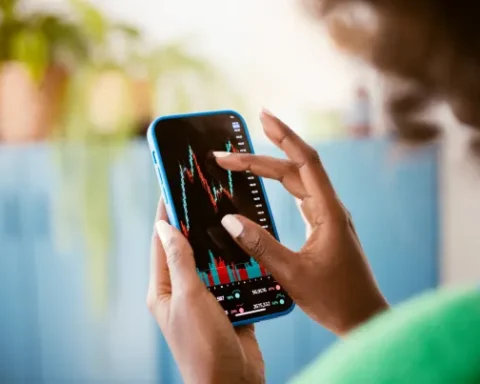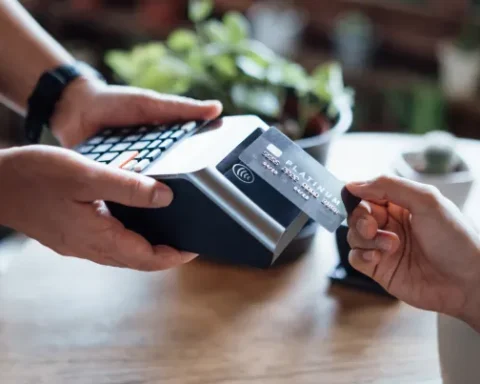Car payments have skyrocketed in recent years due to a combination of high prices and high interest rates. While some relief may come soon, industry insiders say prices may still remain high for quite some time.
The Current State of Car Payments
As of May, customers were paying, on average, $760 a month for an auto loan, according to Moody’s Analytics. While that is a drop from a high of $795 in December 2022, it is still a roughly 40% increase over the $535 average payment in May 2019. A near-record 17% of car owners are paying more than $1,000 a month, according to Edmunds, a car shopping site and industry data provider. Though slightly down from the record of 17.9% in the fourth quarter of 2023, the rate has remained above 17% for a year.
High Prices and High Interest Rates
“The idea you’re going to pay $700, $800 a month for the next six years, I mean, it just sounds crazy for a depreciating asset,” said Charlie Chesbrough, senior economist for Cox Automotive, which owns Autotrader and Kelley Blue Book, plus provides a range of services for the auto industry.
‘Underwater’ Trade-ins Bumping Up Payments
Many customers who bought vehicles at high prices in the middle of the Covid-19 pandemic are now “underwater” or have negative equity — meaning the loan on their car is larger than what the car is worth — by a record amount. In the first quarter, 23% of customers with trade-ins had negative equity of more than $6,167 on average, according to Edmunds.
Higher Payments and Longer Loan Terms
Trading in a vehicle with negative equity often means the consumer rolls that balance owed into the new auto loan, resulting in higher payments, with higher interest rates, for longer periods. In the first quarter of 2024, the average payment with a trade-in was $736, with an average interest rate of 7.1% for 68 months. The rate for a trade-in with negative equity was $887, at a rate of 8.1%, for nearly 76 months.
“You’re paying off a car from like 10 or 15 years ago,” said Ivan Drury, Senior Director of Insights at Edmunds. “You’ve never actually paid off a vehicle. That means you’re constantly paying for something you don’t even own anymore.”
Prospects for Pricing Relief
The good news for car shoppers is that incentives have risen over the course of the past year by 81%, according to Moody’s. Incentives can vary. There are straightforward discounts on a car, sometimes called “cash on the hood.” There is interest rate subvention, where a customer might receive 0% interest for a certain number of months. There are also trade-in allowances, where a dealer might give an above-market price on a trade-in.
The Federal Reserve’s Role
But it is unclear when the Federal Reserve will lower interest rates, and even when they do, there is about a six-month lag before those changes show up in auto loan rates. The Federal Reserve does not determine auto loan rates, but it does determine the rate at which banks can borrow federal funds. Due to that, it influences the rates banks then charge customers for loans, including ones on cars. In addition, inflation pushes vehicle sticker prices higher.
“Inflation has remained a little higher and stickier than we thought,” said Mike Brisson, senior economist for Moody’s. “So the Fed’s expected date of lowering interest or lowering the prime rate has been pushed out. The manufacturers lower the interest rate artificially using incentives. So you’ll see some relief there. However, real relief in the actual interest rate isn’t going to come until after this year.”
That relief may be short-lived, however. Longer-term structural changes to the auto market may keep prices — and payments — high for years to come. Consumers should prepare for continued high car payments, even as some relief is on the horizon.







